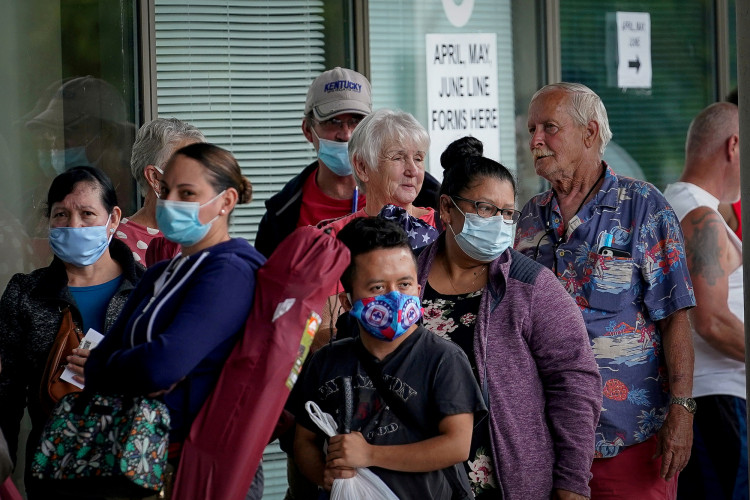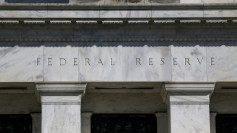Less below November's predicted 200,000 job gains, the economy is nonetheless expected to have been robust enough to allow the Federal Reserve to continue aggressively tightening monetary policy.
The unemployment rate is also anticipated to stay at 3.7% in December, according to economists surveyed by Dow Jones, but the growth in hourly wages is predicted to have slowed to 0.4% from 0.6% in November. November saw the addition of 263,000 jobs.
Since the Fed has been attempting to cool the overheated labor market in its fight against inflation, the data is crucial. In this tightening cycle, the central bank has increased interest rates seven times. Economists predict another half-point increase in February, but speculators in the futures market are only betting on a quarter-point increase.
"I still think we're in for a solid number on Friday. I don't think things have slowed all that much," Michael Gapen, chief U.S. economist at Bank of America said. Gapen estimates that 215,000 new employees were created last month. The December report may still show some gains from seasonal hiring, which is "that's twice as much job growth as they want."
Gapen predicts that the monthly number may begin to decline in the first part of the year and then stay down for a while.
"Right now the underlying economy is where we're looking for evidence to suggest whether the slowdown has broadened beyond housing and nonresidential construction investment," he said. "The next likely place should be the goods side of the economy."
According to Gapen, the Fed is willing to allow the labor market to deteriorate because officials believe that allowing inflation to remain high will have a more detrimental effect on the economy. As the real estate recession spreads throughout the economy, he sees construction as one sector where employment may be lost.
In the event that wage inflation spirals out of control, economists fear that it will be more challenging to stop. Since a few months ago, the labor economy's strength has surprised economists. For instance, when the Job Openings and Turnover Layoff Survey was issued on Wednesday, it revealed that there were approximately 10.5 million available positions in November, which was higher than anticipated.
The fed funds rate is currently between 4.25% and 4.5% after the Fed increased interest rates seven times since last March. Gapen and Markowska concurred that the strength of the labor market justifies a further half-point increase in interest rates on February 1 and a subsequent quarter-point increase in March from the central bank. However, many investors only anticipate a quarter-point increase in February, followed by another quarter-point increase.






